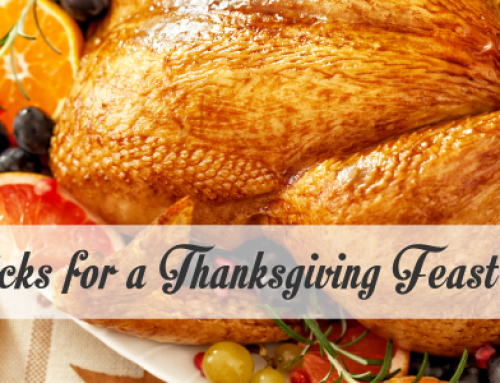With Spring arriving early this year, it seems like a good time to gear up for our annual Sauvignon Blanc bender. All that crisp, bright, tangy acidity is like a squeeze of citrus on whatever food is also on the table. Perfect for weekends on the patio and paired with the lighter dishes that emerge this time of year.
Here are a few fun facts about this super-refreshing wine:
Sauvignon Blanc is the world’s 8th-most planted grape.
Sauvignon Blanc’s most famous examples are from France’s Loire Valley, where it is the grape in such classic wines as Sancerre and Pouilly-Fumé. There are also some great Loire values to be found — bottled under the Touraine appellation.
Sauvignon Blanc’s racy acidity make it the star in elegant white Bordeaux wines. It is blended with creamy Semillon for the white wines of Graves and Pessac-Leognan. (As well as some delicious Aussie examples from Margaret River.)
Sauvignon Blanc is the mother of Cabernet Sauvignon. (The babydaddy was Cabernet Franc.)
Sauvignon Blanc’s most well-known and usually dominant flavor compound is methoxypyrazines, pronounced ‘me-thoxy-pie-razines.’ That’s where the grassy, asparagus, bell pepper, gooseberry and herbal flavors come from. Practice saying that one before you trot it out to impress friends and family…
Sauvignon Blanc was first planted in New Zealand’s Marlborough region in the mid-1970s. In the early 1970s New Zealand giant Montana purchased 2000 acres of sheep farming land in Marlborough for $200(NZ) an acre. Now one acre of producing Sauvignon Blanc vines in Marlborough is worth up to $85,000(NZ).
As with any wine grape, climate and soil play important roles in Sauvignon Blanc’s flavors. Cool-climate Loire SBs tend to be crisp, elegant and fresh, and the gravel soil imparts mineral, spice and floral flavors. In warmer Bordeaux, SBs are fruitier, and the flint-based soils can produce the most vigorous and longest-lived wines. New Zealand SB is known for that pungent gooseberry, green bell pepper and lush, tropical passion fruit character, but there are also styles that vary toward lime, cut grass and melon notes. Sunny California tends to produce riper, softer versions of SB — and often add a bit of oak aging to the wine, which is then sometimes bottled as “Fume Blanc.”
Sauvignon Blanc vines tend to bud late but ripen early, which means it can perform well in sunny climates that do not include intense heat. But in recent years, global warming has caused farmers to need to harvest even earlier.
Sauvignon Blanc’s most loved cheese pairing is fresh chevre (goat cheese).







